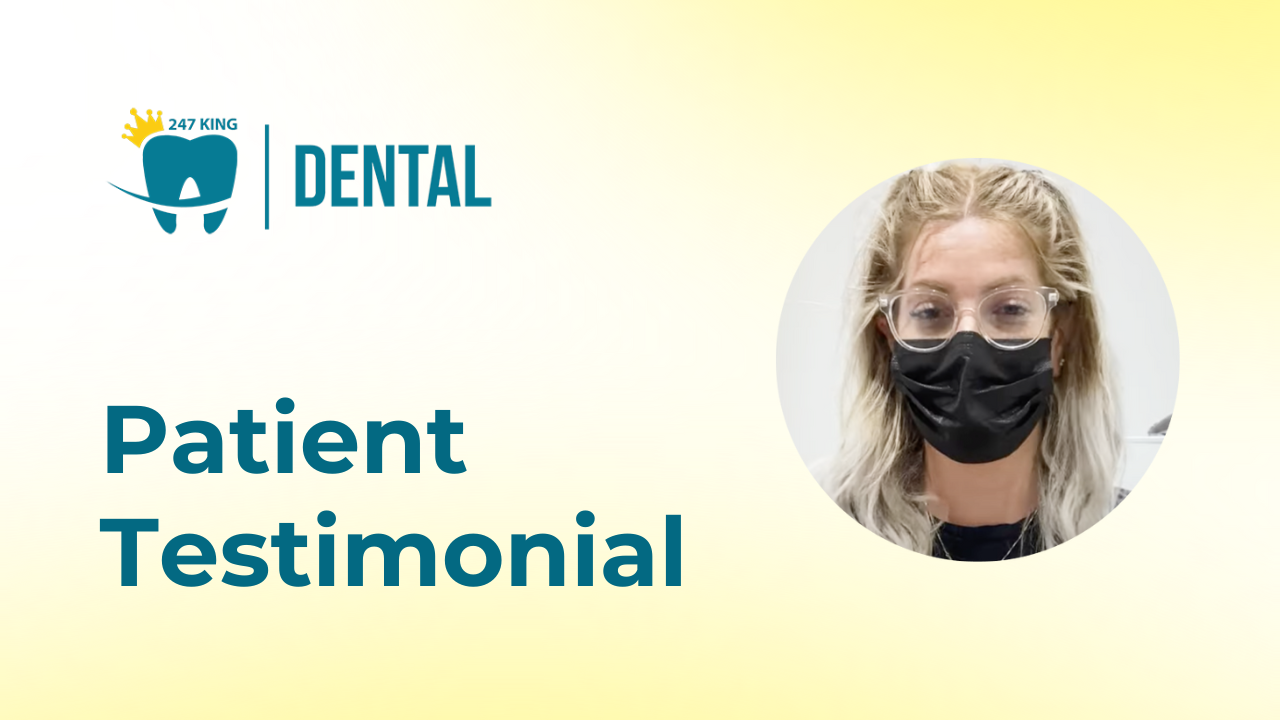
Exploring the Functional Benefits of Orthodontic Care
Exploring Orthodontic Treatment Options
You’ve got choices that can be tailored to your specific needs and budget. Here’s a glimpse at some available options:
Traditional Braces
Say goodbye to the bulky metal braces of yesteryears. Modern brackets are sleeker, less conspicuous, and just as effective. Not only are they easier to maintain and clean, but they also offer improved comfort throughout your treatment journey.
Clear Brackets
Seeking a subtler look? Clear brackets blend seamlessly with your teeth, making them a popular choice, especially among adult patients. Enjoy the benefits of conventional orthodontics with enhanced discretion – nobody will even notice you’re wearing braces!
Clear Aligners (Invisalign)
Embrace the revolution in orthodontic treatment with clear aligners like Invisalign. These custom-made transparent trays gently guide your teeth into alignment. Their snug fit ensures comfort, and you can remove them for meals, regular oral hygiene routines, and special occasions, offering unparalleled convenience and flexibility.
The Cost Of Orthodontic Treatment in Waterloo
Curious about the investment required for orthodontic treatment? You can anticipate costs ranging from $4,000 to $8,000.
But why does orthodontic treatment seem pricey? Several factors influence the final cost:
- Oral Health Assessment: Your current oral health status, encompassing teeth and gum conditions, plays a pivotal role.
- Extent of Correction: The degree to which your teeth require adjustment affects the complexity and consequently, the cost of treatment.
- Treatment Modality: Whether you opt for traditional braces, clear aligners, or other options impacts the overall expense.
- Treatment Duration: The length of your orthodontic journey also influences the total cost.
Given the individualized nature of orthodontic care, the only accurate way to determine costs is through a consultation. During this assessment, we consider your smile aspirations, examine your dental condition, and craft a bespoke treatment plan aligned with your goals and financial considerations. Let’s collaborate to achieve the smile you desire, tailored to your unique needs and budget.
Contact us today
to schedule an initial consultation & exam.
Your consultation will include an examination of everything from your teeth, gums and soft tissues to the shape and condition of your bite. Generally, we want to see how your whole mouth looks and functions. Before we plan your treatment we want to know everything about the health and aesthetic of your smile, and, most importantly, what you want to achieve so we can help you get there.
Frequently Asked Questions
Yes, there are various options such as traditional metal braces, clear braces, and clear aligners like Invisalign. The most suitable option depends on factors like the severity of the misalignment and personal preferences.
Typically, patients need to visit the orthodontist every 4 to 8 weeks for adjustments and progress checks.
While some foods may need to be avoided to prevent damage to braces or aligners, most patients can still enjoy a normal diet. Your orthodontist will provide guidance on dietary restrictions.
Coverage varies depending on the insurance plan. It’s advisable to review your policy or consult with your insurance provider to determine the extent of coverage for orthodontic treatment.









